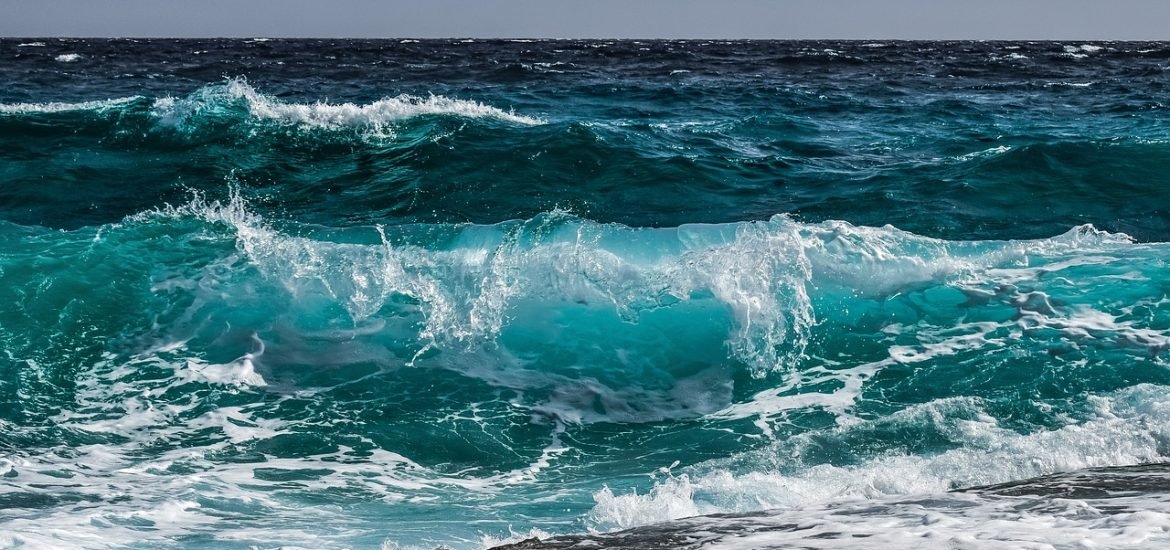
Coastal regions along the eastern areas of the Atlantic and Pacific Oceans are among the world’s most productive and biodiverse regions. A new study published in Science Advances provides new insights to explain these high productivity levels.
In these areas, wind pushes near-surface water away from the coast, which in turn brings deep, nutrient-rich water, stimulating phytoplankton growth and creating a rich marine ecosystem. In some areas, however, productivity is high even when the upwelling winds are weak. Up until now, why this happens remains a mystery.
An international team of researchers, including from the GEOMAR Helmholtz Centre for Ocean Research Kiel, Kiel, Germany, investigated the physical mechanisms along the coast of Angola. They discovered a combination of coastal trapped waves and intense mixing on the shelf were the two main factors controlling productivity. The authors believe this work could predict the strength of seasonal peaks. “Productivity in the upwelling region off Angola shows strong seasonal fluctuations,” said Mareike Körner, PhD student in the Research Unit Physical Oceanography at the GEOMAR Helmholtz Centre for Ocean Research Kiel. “The main upwelling season occurs in austral winter, from July to September. During this time, there is very high primary productivity in the waters off the Angolan coast, and correspondingly, there is a lot of fishing”.
It turns out that waves in the interior of the ocean play a crucial role in productivity, “dragging” cold but nutrient-rich water to move up and down throughout the seasons. These waves are not generated off Angola’s coast, but come from the equator where seasonal wind fluctuations create waves that can travel great distances. While they travel, these waves can carry nutrients onto the Angolan coast, where string mixing on the shelf pushes nutrients to the surface, ready for phytoplankton. Depending on the intensity and arrival of the waves, these plankton blooms vary from year to year.
“The upwelling off Angola is caused by waves that are excited at the equator and then propagate along the African coast. This provides a potential for predicting the strength and timing of the biological productivity peak off Angola on seasonal time scales,” said Körner. According to the authors, a better understanding of these nutrient-driving mechanisms is crucial to assess possible future changes in this important marine ecosystem, such as climate change or other human impacts.
Mareike Körner et al. Coastal trapped waves and tidal mixing control primary production in the tropical Angolan upwelling system.Sci. Adv.10,eadj6686(2024).DOI:10.1126/sciadv.adj6686